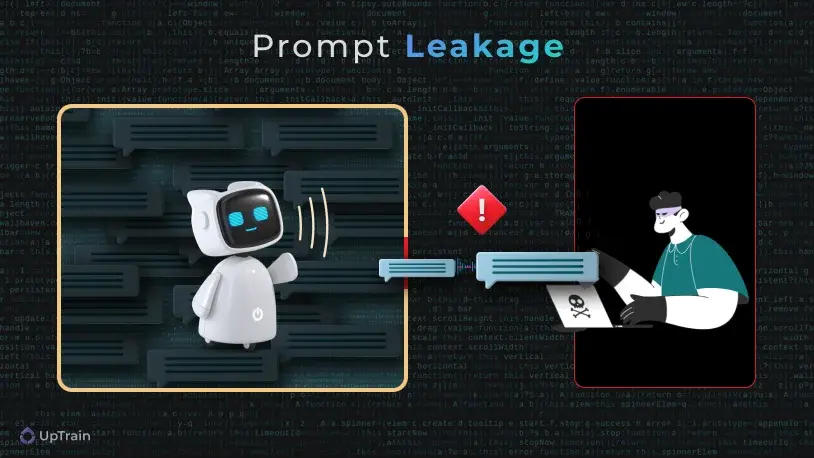Flash Flood Emergency Preparedness: A Step-by-Step Guide

Table of Contents
Understanding Flash Flood Risks
Understanding your risk is the first step in effective flood prevention. Knowing your surroundings and recognizing warning signs can be the difference between safety and disaster.
Identifying High-Risk Areas
Geographical factors significantly influence flash flood vulnerability. Areas near rivers, creeks, and streams are inherently at higher risk, as are those with steep slopes or poor drainage systems. Impervious surfaces like pavement exacerbate the problem by preventing water absorption. To assess your specific risk, utilize resources like FEMA's flood maps (www.floodsmart.gov). These maps provide detailed information about flood zones and historical flood data.
- Check your local flood risk online: Many municipalities offer interactive flood maps showing areas prone to flooding.
- Look for signs of previous flooding in your neighborhood: Observe any physical markers or community records that might indicate past flood events.
- Consider the elevation of your property: Higher ground generally offers better protection from flash floods.
Recognizing Warning Signs
While predicting the exact timing and location of a flash flood is impossible, recognizing warning signs can provide crucial time to react. These can include:
- Rapidly rising water levels in rivers, streams, or storm drains.
- Overflowing rivers or streams exceeding their banks.
- Heavy or persistent rainfall, especially in short durations.
- A sudden increase in water flow in normally dry areas.
Staying informed about weather alerts is paramount. Understand the difference between a flood watch (conditions are favorable for flooding) and a flood warning (flooding is already occurring or is imminent).
- Pay close attention to weather forecasts: Regularly check local news and weather services for updates.
- Sign up for weather alerts on your phone: Enable emergency alerts to receive timely warnings directly to your device.
- Understand the difference between a watch and a warning: A warning indicates immediate danger; take action immediately.
Building a Family Communication Plan
Effective communication is vital during emergencies. Establish a clear plan that includes a designated meeting place outside of the flood-prone area and an out-of-area contact person. This person serves as a central point of contact for family members to check in.
- Create a contact list with emergency numbers: Include family members, neighbors, local authorities, and emergency services.
- Establish a meeting place outside of the flood zone: Choose a location easily accessible to all family members.
- Practice your plan regularly: Familiarity with the plan increases its effectiveness during a stressful situation. Consider using technology like a family communication app.
Creating a Flash Flood Emergency Kit
A well-stocked emergency kit is your lifeline during a flash flood. Assemble it well in advance and store it in a readily accessible, waterproof location.
Essential Supplies
Your kit should include:
-
Water (at least one gallon per person per day for several days)
-
Non-perishable food (easy-to-prepare items with a long shelf life)
-
First-aid kit (including any necessary medications)
-
Flashlights and extra batteries
-
Battery-powered radio
-
Important documents (copies of insurance policies, identification, etc., stored in waterproof containers)
-
Cash
-
Extra clothing and blankets
-
Keep enough supplies for several days: Flash floods can disrupt services for an extended period.
-
Regularly check expiration dates: Replace items as needed to maintain their effectiveness.
-
Include items for infants or pets if applicable: Special needs require specific supplies.
Protecting Your Property
While you cannot completely prevent flood damage, you can take steps to mitigate its impact. These preventative measures can significantly reduce the severity of the damage.
-
Install sump pumps to remove excess water from your basement.
-
Elevate electrical appliances and valuable items to protect them from floodwaters.
-
Clear debris from gutters, drains, and downspouts to ensure proper water drainage.
-
Consider flood barriers or sandbags for added protection.
-
Reinforce your home's foundation where possible.
-
Purchase flood insurance: This crucial step provides financial protection against significant losses.
-
Know your insurance policy's flood coverage: Understand your policy's limitations and what is covered.
Evacuation Procedures & Actions During a Flash Flood
Knowing what to do during a flash flood is critical. Preparation and a swift response can save lives.
Evacuation Routes & Shelters
Identify multiple evacuation routes and potential shelters ahead of time. Consider different escape routes in case one is blocked by floodwaters.
- Plan multiple routes in case one is blocked: Identify alternate paths to higher ground or designated shelters.
- Know the location of nearby shelters: Check with your local authorities for designated evacuation shelters in your area.
- Understand the evacuation procedures specified by local authorities: Follow official instructions.
Safe Actions During a Flood
Remember the most important rule: Turn Around, Don't Drown. Never attempt to drive through floodwaters. Even a seemingly shallow stream can hide deep currents capable of sweeping away a vehicle.
- Never drive through floodwaters: Even a small amount of water can cause significant damage to your vehicle and endanger your life.
- Seek higher ground immediately: Move to a safe, elevated location.
- Stay away from downed power lines: These pose a severe electrocution risk.
- Report damaged infrastructure to local authorities: Help ensure emergency services can address critical issues.
- Use life vests if necessary: Wear appropriate safety gear if wading in floodwaters is unavoidable.
Conclusion
Proactive flash flood emergency preparedness is not merely a precaution; it’s an essential safeguard for your family's safety and well-being. By understanding your risk, creating a comprehensive emergency kit, establishing an effective evacuation plan, and knowing how to act during a flood, you significantly increase your chances of surviving and minimizing the damage. Don't wait for a flash flood—prepare now! Start your flash flood preparedness today! Utilize resources like FEMA and the Red Cross for additional information and support in building your family's flood safety plan.

Featured Posts
-
 Glastonbury 2025 Full Lineup Featuring Olivia Rodrigo And The 1975
May 25, 2025
Glastonbury 2025 Full Lineup Featuring Olivia Rodrigo And The 1975
May 25, 2025 -
 Euronext Amsterdam Stocks Surge 8 After Trumps Tariff Pause
May 25, 2025
Euronext Amsterdam Stocks Surge 8 After Trumps Tariff Pause
May 25, 2025 -
 New Orleans Jailbreak Uncovering The 10 Inmate Escape
May 25, 2025
New Orleans Jailbreak Uncovering The 10 Inmate Escape
May 25, 2025 -
 Trumps Influence On Republican Dealmaking
May 25, 2025
Trumps Influence On Republican Dealmaking
May 25, 2025 -
 Moje Doswiadczenia Z Porsche Cayenne Gts Coupe Warto Kupic
May 25, 2025
Moje Doswiadczenia Z Porsche Cayenne Gts Coupe Warto Kupic
May 25, 2025
Latest Posts
-
 Swiateks Winning Streak Continues Madrid Open Victory Over Keys De Minaurs Departure
May 25, 2025
Swiateks Winning Streak Continues Madrid Open Victory Over Keys De Minaurs Departure
May 25, 2025 -
 Madrid Open Update De Minaurs Early Exit And Swiateks Dominant Win
May 25, 2025
Madrid Open Update De Minaurs Early Exit And Swiateks Dominant Win
May 25, 2025 -
 Iga Swiatek Triumphs In Madrid Keys Defeated In Straight Sets
May 25, 2025
Iga Swiatek Triumphs In Madrid Keys Defeated In Straight Sets
May 25, 2025 -
 Alex De Minaurs Madrid Open Exit Straight Sets Defeat And Swiateks Victory
May 25, 2025
Alex De Minaurs Madrid Open Exit Straight Sets Defeat And Swiateks Victory
May 25, 2025 -
 Philippine Tennis Star Eala Set For Paris Grand Slam
May 25, 2025
Philippine Tennis Star Eala Set For Paris Grand Slam
May 25, 2025
